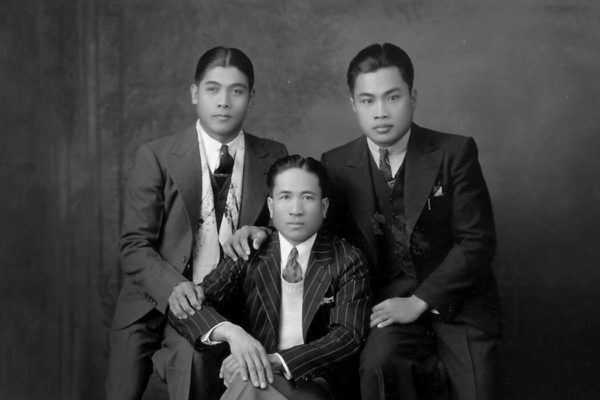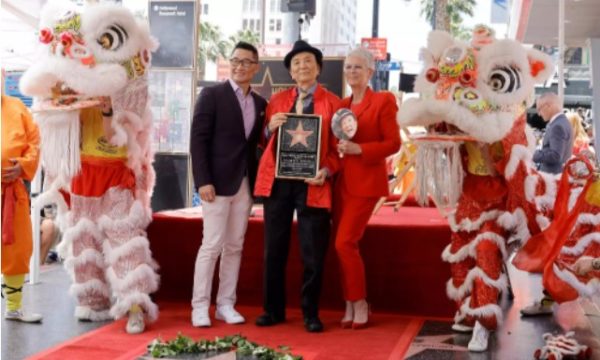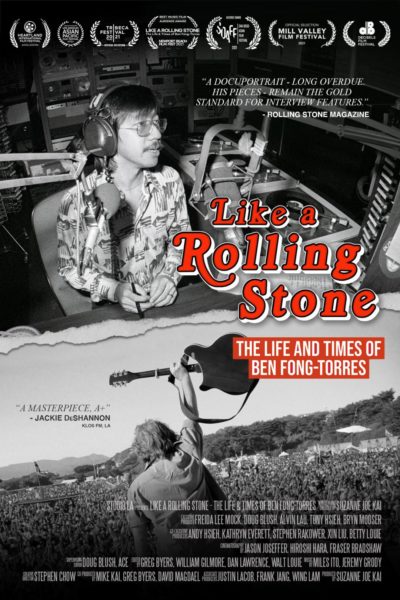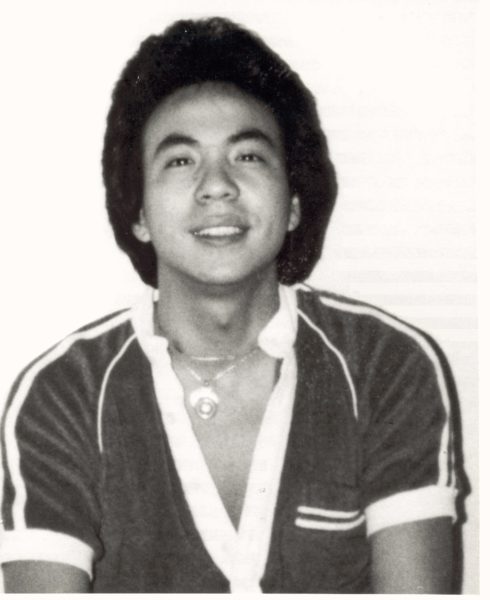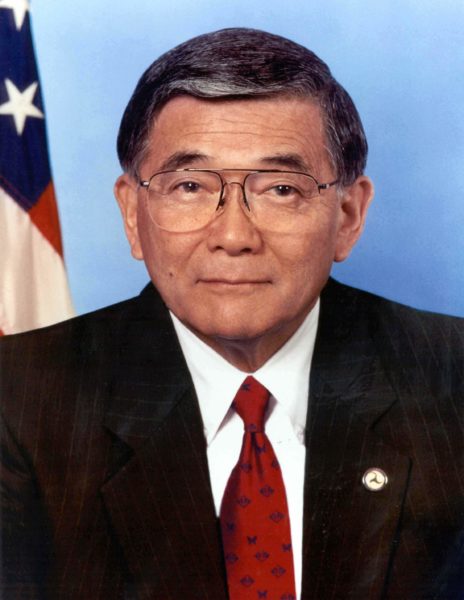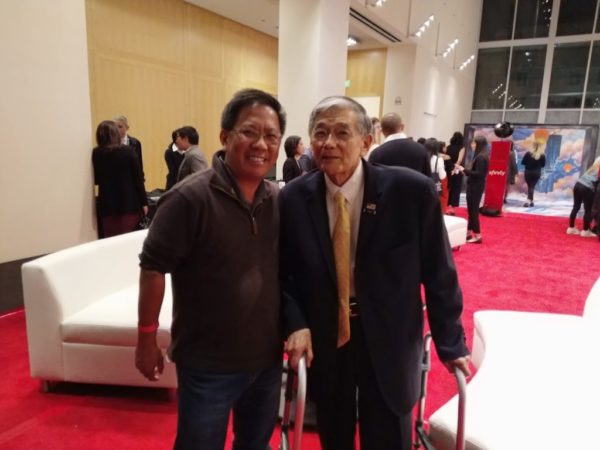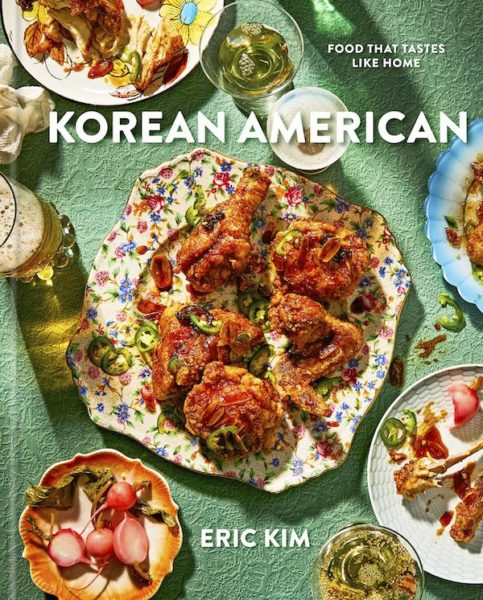In honor of Asian American Native Hawaiian Pacific Islander (AANHPI) Heritage Month, here’s not one, not two, but eight recently or about to be released children’s books to check out. I remember very few Asian American picture books from when I was growing up, so am thrilled at the diversity and creativity that’s available today. I also love that more and more books are not shying away from including multiple languages, whether it be as fully bilingual books or choosing not to translate key words or phrases.
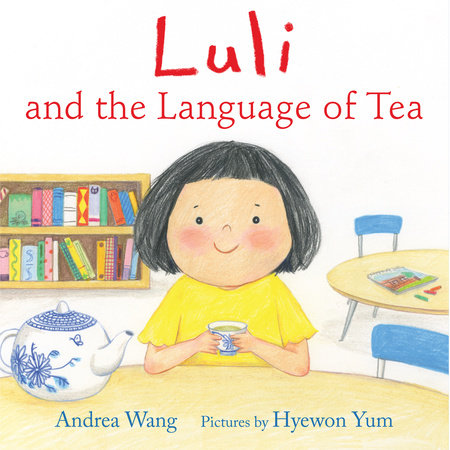 Luli and the Language of Tea
Luli and the Language of Tea
Andrea Wang, pictures by Hyewon Yum
In this very sweet story, Luli hatches a plan to help her classmates — all non-English speakers — find common ground. She brews a pot of tea, and beckons them to join her. The book has each child giving their language’s pronunciation of tea, all very similar to Luli’s cha. The children all gather around the table, sharing and passing tea. The story includes the word for tea in the characters (Chinese and Hindi, for example) as well as a pronunciation guide.
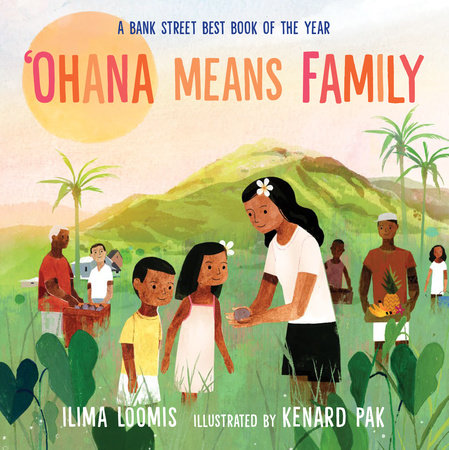 ‘Ohana Means Family
‘Ohana Means Family
Ilima Loomis, illustrated by Kenard Pak
‘Ohana Means Family celebrates all the things that go into making poi for a lu’au and offers a glimpse of Hawaiian culture and ethos. The story progressively adds elements (a la “the house that Jack built”) — from the kalo (taro) to the hands that pick it, from the land that’s never been sold and the sun and wind — the rhyming lines have a well-paced rhythm to them and accompany lush watercolors
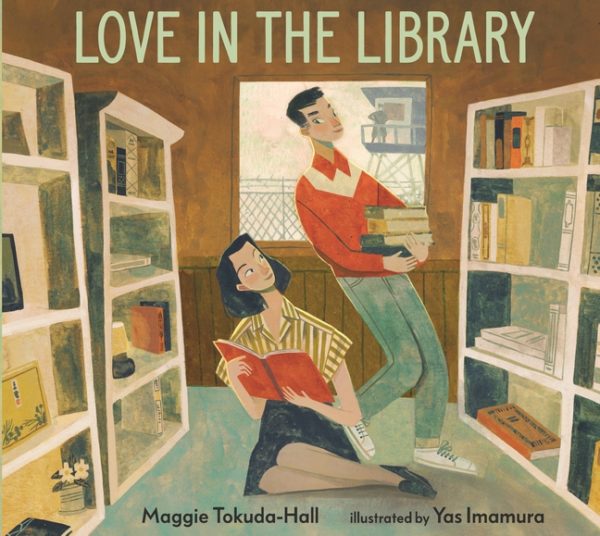 Love in the Library
Love in the Library
Maggie Tokuda-Hall, illustrated by Yas Imamura
Set in Minidoka incarceration camp, Love in the Library tells the story of two people–Tama and George–finding each other during an extremely difficult time and is based on the author’s grandparents experience. I was reminded that Japanese American incarceration during World War II remains an under-known story when someone I know picked up the book from my shelf and asked if it really happened. Tokuda-Hall offers a succinct summary of what happened within the story and in the author’s note. And ultimately the story of Tama, a librarian, and George, a frequent patron, is one of sweetness and resilience. “To fall in love is already a gift. But to fall in love in a place like Minidoka, a place built to make people feel like they weren’t human–that was miraculous.”
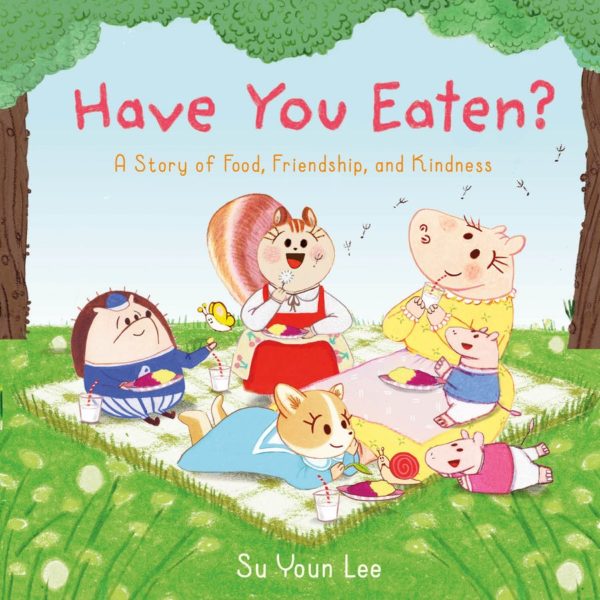 Have You Eaten? A Story of Food, Friendship, and Kindness
Have You Eaten? A Story of Food, Friendship, and Kindness
Su Yuon Lee
Coco the chipmunk is known for asking her friends and neighbors, “have you eaten?” Inspired by the Korean greeting, her friends–who initially find this odd–learn why Coco always ask this and shares sweet potatoes. Have You Eaten? is adorably illustrated and reveals the caring spirit behind this greeting. The back of the book includes an author’s note that goes into more depth on the origins of the greeting and a recipe for making Korean-style sweet potatoes.
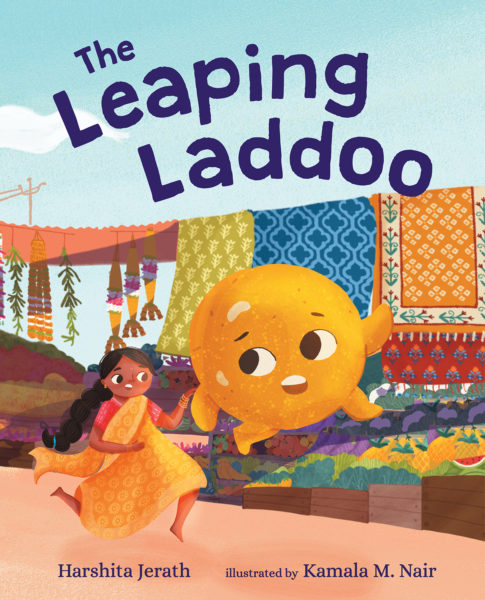 The Leaping Laddoo
The Leaping Laddoo
Harshita Jerath, illustrated by Kamala M. Nair
Written in the style of “you can’t catch me, I’m the gingerbread man,” The Leaping Laddoo is about an Indian sweet that springs to life (reminding me first of the Pixar short Bao before I realized the gingerbread man thing) and then proceeds to try and not get eaten. He runs past dancers, a chai wala, cricket players, and more, chanting “Bhago, bhago, as fast as you can, you can’t eat me I’m the laddoo man!” Suffice to say, it’s fun to read out loud and the illustrations are great. Oh, and there’s a recipe at the back because you’ll probably be hungry when you’re done — and if you’ve never eaten a laddoo, truly, they are delicious.
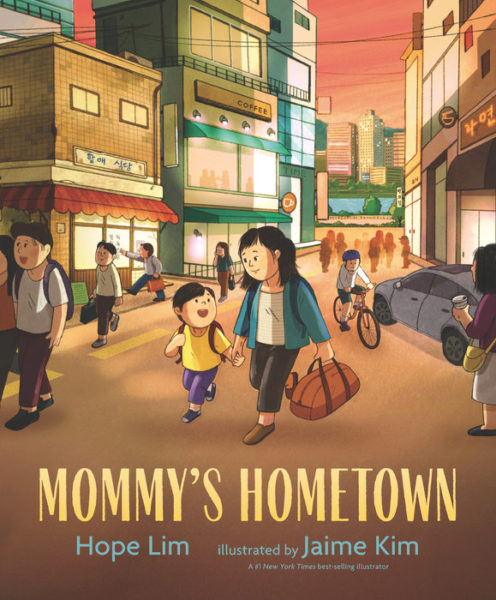 Mommy’s Hometown
Mommy’s Hometown
Hope Lim, illustrated by Jaime Kim
In Mommy’s Hometown, a young boy listens to his mom’s stories about her hometown. But when they finally get a chance to visit, so many things are changed that it doesn’t match the stories anymore. The book grapples with this adjustment for both the boy and the mom, inspired by the author Hope Lim’s own experience visiting her hometown with her son and husband.
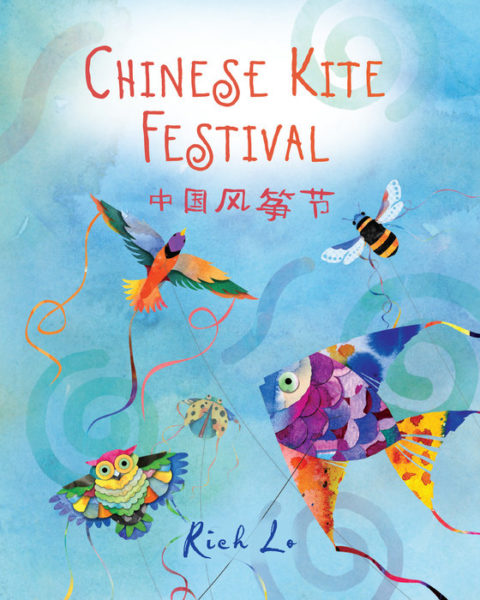 Chinese Kite Festival
Chinese Kite Festival
Rich Lo
This bilingual English and simplified Chinese book uses rich illustrations to teach animal names and actions. A guide in the back shares what the animals signify in Chinese culture — a crab represents prosperity and success; a turtle symbolized long life and immortality. The kite drawings are bright and playful. I’ll admit that the Chinese is beyond my basic knowledge (I know the word for butterfly, for example, but not for flutter), but I appreciate that it’s there.
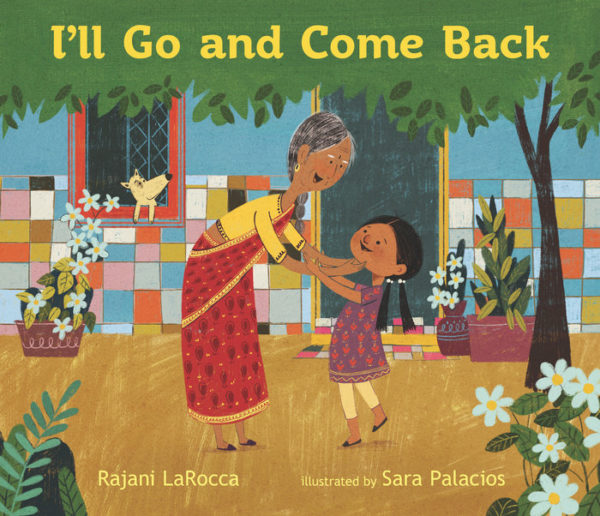 I’ll Go and Come Back
I’ll Go and Come Back
Rajani LaRocca, illustrated by Sara Palacios
The first time Jyoti visits her grandmother in India, she is overwhelmed by how different it is. She doesn’t speak much Tamil and her grandmother doesn’t speak much English. But the two find ways to have fun together. Her grandmother takes Jyoti to the markets, they make rangoli in the courtyard together. She’s sad to leave, but remembers that in Tamil, they say “I’ll go and come back.” In the second half of the book, their roles are reversed when Jyoti’s grandmother comes to visit her in the United States. Jyoti teachers her grandmother hopscotch and they visit a grocery store. I’ll Go and Come Back lovingly conveys some of the challenges and joys of diasporic families.

